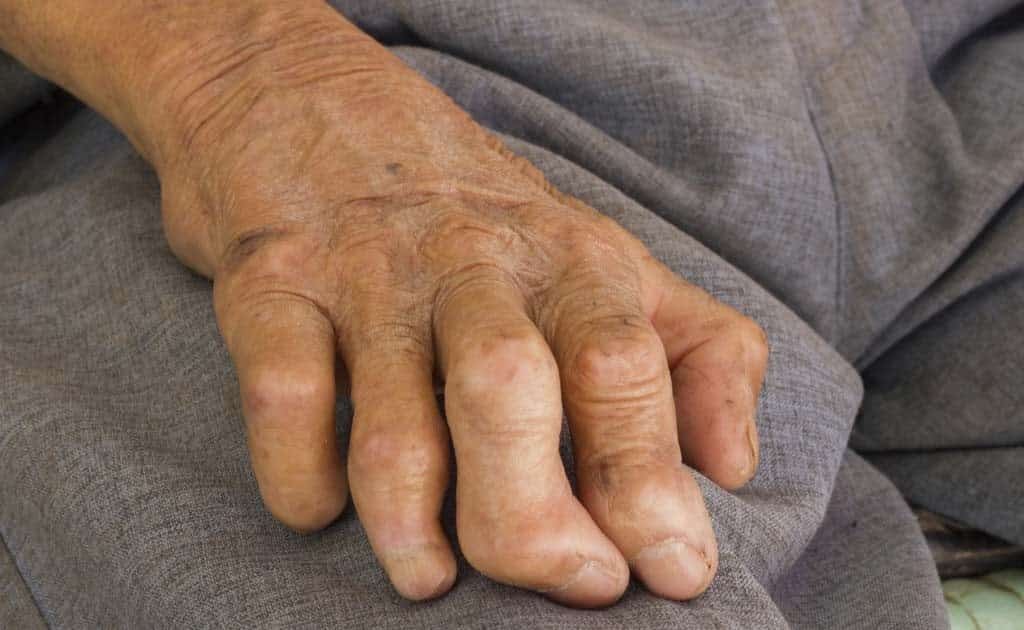Genome-Wide Association Studies Reveal Rising Leprosy Resistance Trends
Mycobacterium leprae is the main causative agent of leprosy, a disease that affects the skin, nerves, and mucosa of the upper respiratory tract in humans. Leprosy has ravaged communities throughout history, dating back to ancient civilizations, but, thanks to modern medicine, it has become less of a threat in industrialized societies.
Although readily curable with multidrug therapy (MDT), over 200,000 new cases are still reported annually. It remains a public health problem in South America, Africa, South and Southeast Asia, and Micronesia.
MDT, comprising rifampicin, dapsone, and clofazimine, has been used intensively since the 1980s and a few second-line drugs, ofloxacin, minocycline, and clarithromycin, are sometimes employed as therapeutic agents.
The emergence of drug-resistant (DR) and multidrug-resistant (MDR) M. leprae is increasingly reported.
Now, a study by an international team of scientists has shed light the alarming mutation trends of this bacterium causing it to become resistant to treatment. Researchers made the alarming discovery in a survey of 154 M. leprae genomes collected from 25 countries.
The international team of researchers, led by Stewart Cole of the Ecole Polytechnique Fédérale de Lausanne in Switzerland, noted that the hypermutating state “likely favors the emergence of drug resistance.” But, there’s a catch. Because M. leprae already has a concise genome, it also “could be detrimental and ultimately lethal,” he and his team write. Basically, the revved-up mutation rate could haphazardly damage genes essential for survival.
For the study, researchers analyzed 154 genomes of the bacteria from 25 countries. Among the samples, 147 were from human, six were from red squirrels and one came from an armadillo.
The team found that eight strains of the bacteria had mutations, specifically to one particular gene that helps repair damage. These particular strains were also resistant to damage.
“It’s a fascinating survival strategy against antibiotics,” explains Andrej Benjak, the study’s leading author. “Disrupting DNA repair will result in a storm of random mutations, increasing the chance that the right gene mutates at the right spot and lead to drug resistance. But random mutations can be deadly, so it’s like a desperate, genetic Russian roulette for the bacterium.”
The researchers also discovered that leprosy itself might have originated in the Far East. Several bacterial strains from East Asia belonged to the ancestral lineages of the leprosy bacilli. “People naturally assume that old human diseases originated in Africa, but for leprosy, the evidence points to Eurasia,” says Charlotte Avanzi, one of the study’s authors from Cole’s lab.
Narrowing down the location of the origin will facilitate the reconstruction of the spread of the disease. “We need more samples from Central Asia and the Middle East, but these are hard to get due to current geopolitical issues,” says Avanzi. “For Europe, where leprosy is eradicated, we have to rely on ancient human remains. But it’s possible — we have developed the tools, and now we are ready to sequence even more samples.”
























